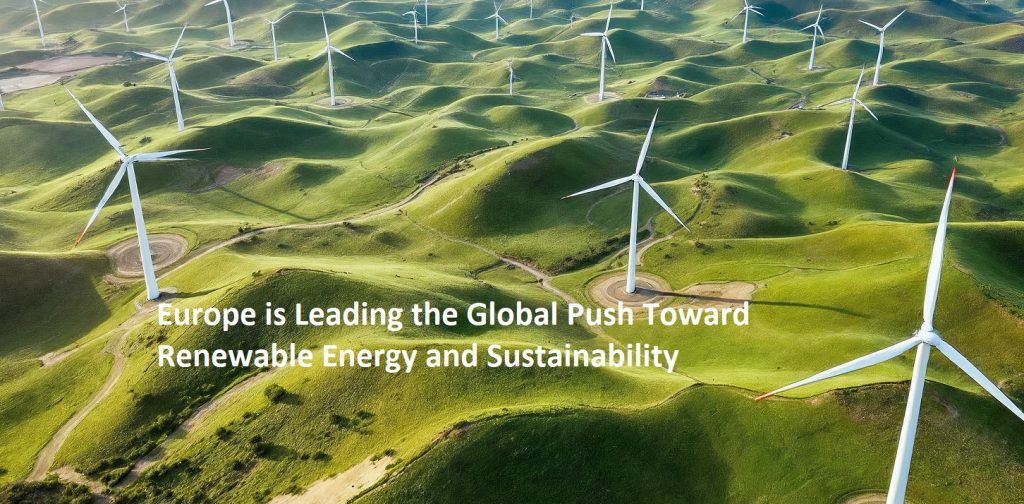How Europe is Leading the Global Push Toward Renewable Energy and Sustainability
Europe is at the forefront of the global green energy revolution, aiming for carbon neutrality by 2050. With ambitious policies, technological advancements, and large-scale investments, European countries are transitioning from fossil fuels to renewable energy sources. This article explores how Europe is transforming its energy landscape, the challenges it faces, and what the future holds for clean energy.
The European Green Deal, introduced by the European Commission, is a game-changer in the fight against climate change. It includes measures to cut greenhouse gas emissions, increase renewable energy adoption, and promote energy efficiency. The deal aims to reduce carbon emissions by at least 55% by 2030, paving the way for a sustainable future. Countries like Germany, France, and the Netherlands are taking bold steps to expand wind and solar power. Germany, for instance, has committed to phasing out coal by 2038 and increasing its share of renewables in the electricity mix to 80% by 2030. France is investing heavily in nuclear power as a low-carbon alternative, while the Netherlands is ramping up offshore wind energy projects.
One of the biggest drivers of Europe’s green energy transition is the rapid expansion of renewable technologies. Wind and solar power have become increasingly cost-effective, making them viable alternatives to fossil fuels. In 2023, renewable energy accounted for over 40% of the EU’s electricity generation, a significant leap from previous years. Countries like Denmark and Sweden are leading the way, with wind energy providing a substantial portion of their power needs. Advances in battery storage and smart grid technology are also enhancing the efficiency and reliability of renewable energy systems.
However, despite the progress, Europe faces several challenges in achieving its carbon neutrality goals. One major hurdle is energy storage. Since renewable energy sources like wind and solar are intermittent, efficient storage solutions are essential to maintain a stable power supply. Another challenge is the need for infrastructure upgrades. Many European countries still rely on aging energy grids that require modernization to support a high share of renewables. Additionally, the transition to green energy must be economically viable. While investments in renewables are increasing, ensuring affordability for consumers and businesses remains a priority.
The future of Europe’s green energy revolution looks promising, with continued investments in technology and policy support. Hydrogen is emerging as a key player in the clean energy transition, with projects across Europe exploring its potential for industrial use and transportation. Offshore wind farms in the North Sea are expanding, and solar energy capacity is set to grow exponentially. The European Union is also working on strengthening energy cooperation among member states to create a more interconnected and resilient energy market.
As Europe accelerates its shift to renewable energy, other regions of the world are taking note. By setting ambitious targets, investing in clean technologies, and fostering international collaboration, Europe is not only reducing its carbon footprint but also setting a global example. The journey to carbon neutrality is complex, but with continuous innovation and strong policy frameworks, Europe is well on its way to achieving a greener and more sustainable future.
#GreenEnergy #Sustainability #CarbonNeutral #RenewableEnergy #ClimateAction


